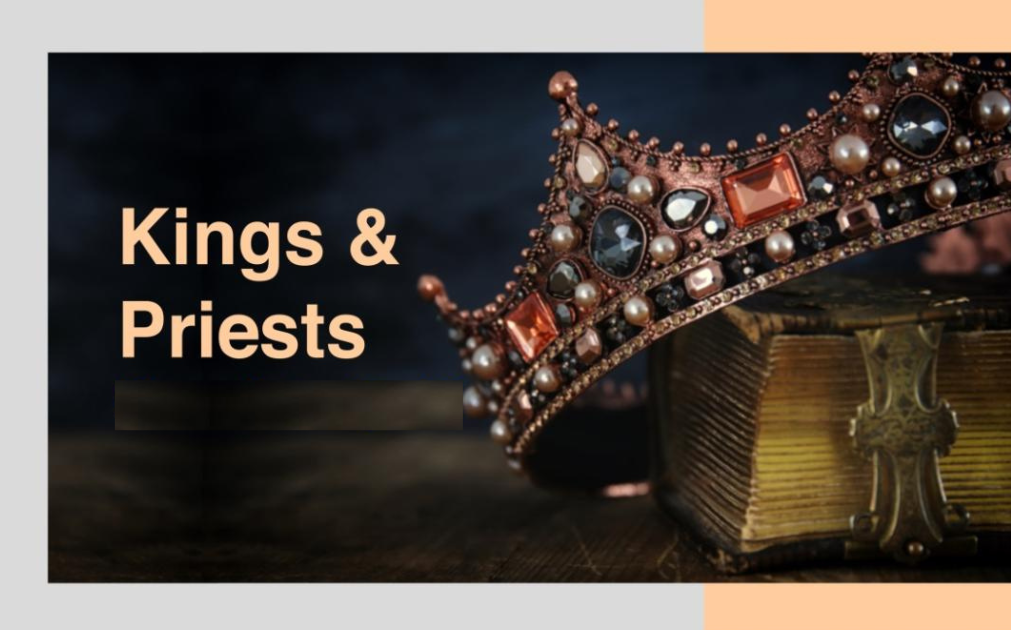This declaration of the victory we find repeated concerning our Lord Jesus Christ in 1 Cor. 15:21-25,54. “For since by one man came death, by man also came the resurrection of the dead … for as in Adam all die, even so in Christ shall all be made alive. But every man in his own order;” “they that have done good, unto the resurrection of life; and they that have done evil, unto the resurrection of damnation” (John 5:29). “Then cometh the end, when he shall have delivered up the kingdom to God, even the Father; when he shall have put down all rule and all authority and power. For he must reign, till he hath put all enemy under his feet. The last enemy that shall be destroyed is death … then shall be brought to pass the saying that is written, Death is swallowed up in victory!” Under the weight of the injustices of his days, Asaph the psalmist, cries out to God to arise to the judgment. “Arise, O God, judge the earth: for thou shall inherit all the nations,” he calls, echoing the words of Revelation 11:15.
The triumph of the Saints, “Death is swallowed up in victory!” should climax the crowning of the Church to the kingship. Which brings us back to the original question, “Who are their subjects?” First, note how that the Christ and His Church in their dual role as priests and kings reproduces the government of king David: a royal, that is, a kingly priesthood (1 Pet. 2:9). Furthermore, David in many instances is referred to as a prophet of God, as was Jesus Christ. Recall also that the original purpose of God was that the nation of Israel should be “a kingdom of priests” (Ex. 19:6), which is fulfilled in Christ and His Church. They perform all the services required of the Levitical priesthood, with Jesus as the High Priest (Heb. 8-10).
As in the old covenant therefore, the Church today is the consecrated priesthood: empowered and have access into the holy of holies through the blood of Jesus, to offer acceptable sacrifices before God (1 Pet. 2:5,9). The rest of the children of Israel were not to come near or participate in the services of the inner sanctuary. The priests were to come out to them at the outer sanctuary to receive and offer sacrifices on their behalf, and then to pronounce them clean before God. Likewise, the Church is to receive of the offerings of the nations (Rev. 21:24,26) and offer it before God on their behalf in the sanctuary: “and there shall in no wise enter into it anything that defileth … but they which are written in the Lamb’s book of life” (Rev. 21:27).
As the Church takes the place of the Levites therefore, the nations (the rest of the world) that are subdued unto Christ (Ezek. 16:53-62; 1 Cor. 15:21-28) replaces the 12 tribes of the children of Israel to make up the outer sanctuary (Num. 2:2; Rev. 11:2): but not by the new covenant (Ezek. 16:61). The two combine to form the complete picture of “The New World under Christ,” which the solar system mirrors. A river of life should flow out from God’s presence to water the trees, the leaves of which “were for the healing of the nations” (Rev. 22:1-2), in response to their sin offerings.
Note that “The solar system: a shadow of the New World under Christ,” a strong point of my communication thus far, is brought into focus only in identifying that pattern in the setting of the Church in the wilderness. Understanding the new covenant then is not without understanding the old. Hence, we firmly assert that the rudiments of the old covenant are fully represented in the new, both in the now and in eternity. As a result, the role of the kings and priests in the kingdom to come is to be understood primarily in reference to the transactions of their counterparts in the old covenant – the shadow. This invariably leads one to a full revelation that includes ‘the nations,’ which are to be subdued unto the Lord Jesus Christ, as members of the outer sanctuary and subjects of the kings of the New Testament.
Have questions or comments
Please use the form to the side

